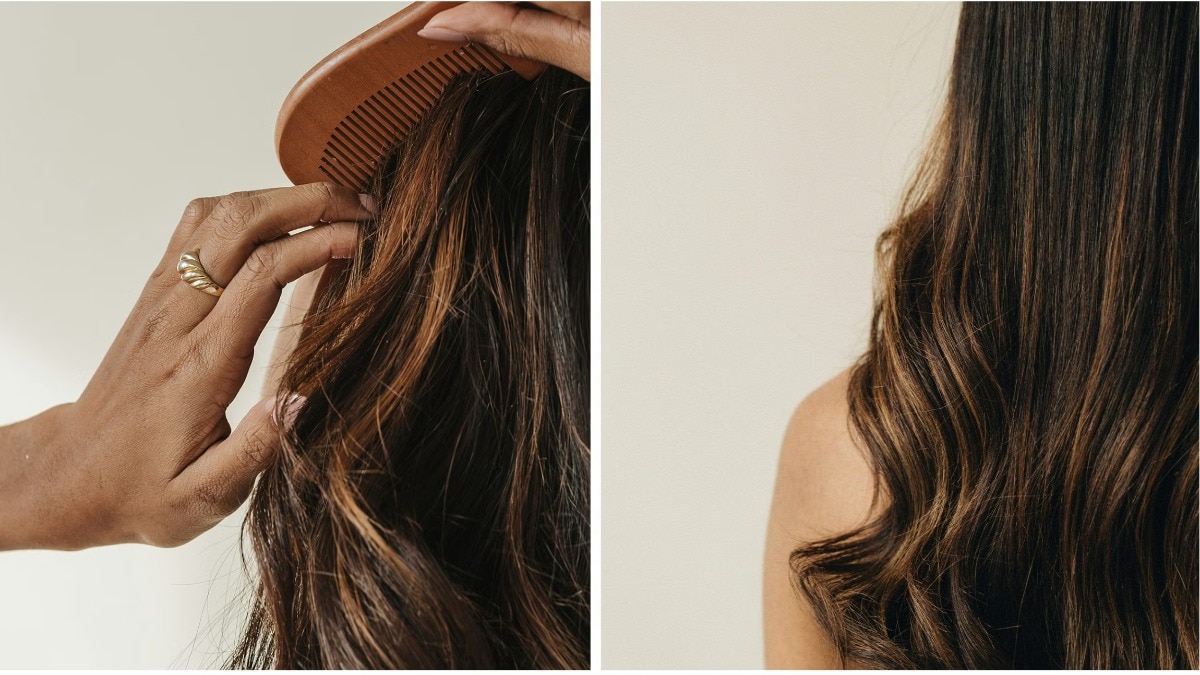Stem cells in beauty: How plants can protect the skin
The emerging trend of stem cells is said to be the future of our beauty routines.


We're in an unending pursuit of enviable skin—a skincare routine is a key part of many of our day-to-day lives. And while we know to never leave the house without sunblock on, and to never go to sleep without washing our make-up off, there’s much more to unpack when it comes to rejuvenating and nourishing our skin. One innovative and emerging skincare trend is the use of stem cells in the products. Here, we speak with two experts to weigh the pros and cons of stem cells, their role in the beauty industry, and the products to know of.
What are stem cells?

Before getting into how stem cells can enhance our skincare routine or be used in beauty therapy, we must understand what stem cells are.
“Stem cells are un-programmed cells that can create another cell, and are capable of self-replication,” explains Rose Bonasera, director at Elixir Skin Fitness. “They can produce growth factors and are also activated by growth factors.”
If an area of the body is damaged, stem cells can mutate into cell types necessary to replace the impacted cells. It is important to note the type of stem cells used in skincare.
“Stems cells used in the beauty industry are derived from plants such as apples and raspberries,” explains Dr Barbara Sturm of the eponymous skincare label. “Plant stem cells are non-comparable to human stem cells but they are antioxidants, which penetrate the skin at much deeper levels to help repair the complexion.”
What cells do we use in skincare?

We are not at a point where human stem cells can be used in skincare products, so most stem cell skincare products employ plant cells as an alternative. These can protect epidermal stem cells from free radical damage to DNA in human cells, and reverse the effects of photo damage.
Plant and human stem cells contain proteins and amino acids, alerting rejuvenation in cells in the body, which may lead to more supple, youthful skin. Pant cells also provide nutrients and metabolites that can stimulate human epidermal stem cell production that benefits our skin.
“Plant and animal stem cells cannot replicate human stem cells, be recognised as human DNA, jump species from plant to animal to human or regenerate new cells in humans,” says Bonasera.
What is their role in beauty?

While stem cell therapy has been used in medicine and to regenerate tissue for some time now, it is an emerging concept in both skincare and beauty treatments.
Simply put, Bonasera says they are the future of skincare. “I have introduced the use of exosomes in the clinic and am excited about creating outstanding, predictable results for my clients with skin conditions and accelerated ageing skin.”
Stem cells contain amino acids and peptides, two ingredients most skincare aficionados will be familiar with for their part in rejuvenating the skin. These two ingredients are the foundation for cell rejuvenation.
As stem cells naturally contain antioxidant properties, they foster skin cells, promoting cell turnover and an increase in collagen production. This may lead to fewer fine lines, improved texture and vivacity.
So, what are growth factors then?

What is largely charging the growing interest in stem cell skincare is growth factors, a term you may be unfamiliar with but should become acquainted with, especially as their use in skincare is very effective, especially in rejuvenating the skin.
“A growth factor is more important for stem cell signalling, by contrast to stem cells for growth factor signalling,” explains Bonasera. “A growth factor is a protein molecule with a biological signalling mechanism—they protect existing cells, stimulate the growth of new cells and repair damaged cells.”
This is something Sturm has been looking into with her own brand, particularly with lab-synthesised exomes. These are small vesicles released by cells, containing various growth factors including proteins, peptides, lipids, RNA and DNA, which help encourage skin regeneration.
“They are one-eight hundredth of the size of a cell, so can travel easily and directly from one to another, and they play pivotal roles in reducing inflammation during ageing for a healthy, youthful-looking complexion,” explains Sturm of the technology.
“The application of topical growth factors—which are signalling proteins produced by stem cells—can be used instead [of plant stem cells] to help stimulate skin repair and promote new collagen synthesis, epidermal thickening, and the clinical appearance of smoother skin.”
What is the future of stem cells?
So where to from here, armed with the knowledge of the different stem cells and growth factors? As Sturm says, “we are mammals and not plants,” meaning there is still little evidence to show the clinical benefits of plant stem cell products. The beauty industry continues to embrace technological advancements and as such, we are only at the beginning of the research and development.
This piece originally appeared in Harper's Bazaar Australia










